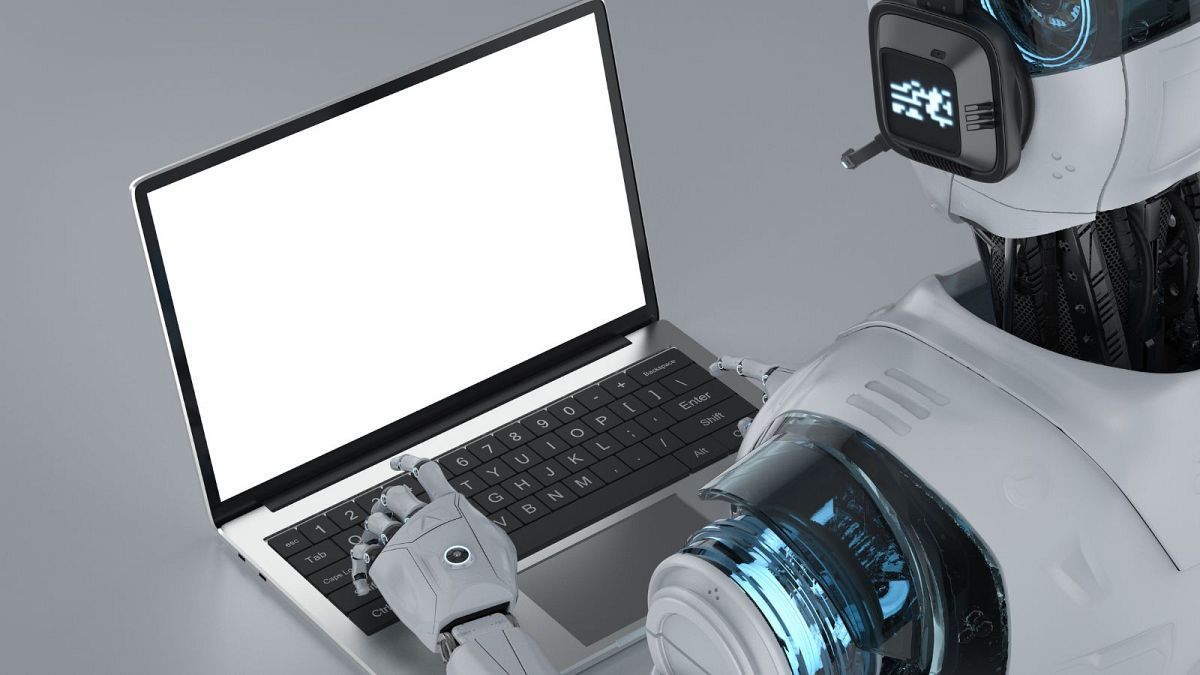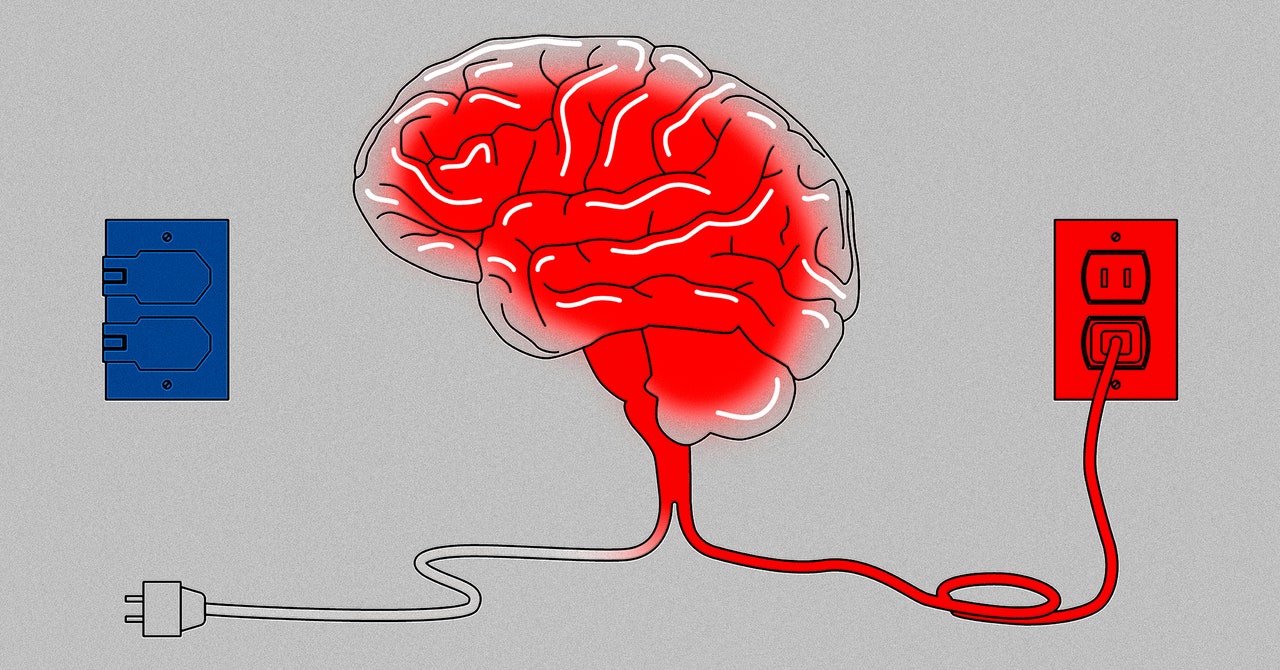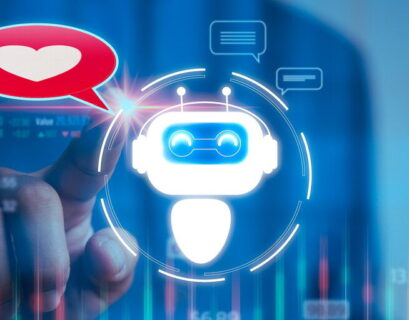AI-generated content has permeated various aspects of our daily lives. Below are some resources that can aid in distinguishing between machine-generated content and human-created material.
The proliferation of artificial intelligence (AI) tools such as ChatGPT, Google Bard, and Jasper has sparked concerns within the global creative community and educational institutions. There is apprehension that these innovative technologies might supplant human creators, plagiarize their work, or compromise the integrity of the system.
While calls for immediate regulation of this sector have been made to prevent potential disruptions to society, others have lauded these tools for their utility in assisting individuals with tasks ranging from meal planning for a special evening to preparing for crucial job interviews.
It is evident that AI technology has seamlessly integrated into our daily routines. Whether encountering an image on social media or receiving a message from a prospective employer on LinkedIn, it has become commonplace to question the authenticity of online content.
The challenge lies in discerning content authentically crafted by humans from that which has been generated by AI. Here is an overview of several online tools designed to aid in identifying AI-generated content across text, images, and videos.
GPTZero
Distinguishing between AI-generated and human-written text has become increasingly vital for educators at all levels. The AI detector GPTZero serves as a valuable resource for educators to differentiate content produced by models like ChatGPT, GPT4, Bard, LLaMa, among others.
By analyzing uploaded text and cross-referencing it against a vast online database, GPTZero highlights sections authored by AI models and those penned by humans in distinct colors. The tool offers a free “basic” plan allowing users to upload up to 10,000 words monthly and conduct seven scans per hour. Additional features are available through subscription options.
Importantly, GPTZero emphasizes its intent not to penalize students but rather to provide them with assignments that demand human creativity beyond AI capabilities.
Copyleaks AI Content Detector
With a wealth of experience in plagiarism detection, the developers behind Copyleaks AI Content Detector have honed a tool renowned for its 99.1% accuracy in identifying AI-generated text. This tool stands out for its continuous updates to accommodate new AI models and support for multiple languages beyond English.
Users can input text exceeding 350 characters for analysis by the AI detector, which delivers a definitive verdict on the presence of human-generated content or the proportion of AI-generated material.
SynthID
Google has introduced SynthID, a tool designed to ascertain whether an image or artwork is AI-generated by embedding imperceptible digital watermarks for identification. While currently exclusive to Google Cloud customers, plans are underway to expand its accessibility.
For those without access to this tool, here are some tips for identifying AI-generated images without relying on online detectors. Look for anomalies such as extra fingers, unusual blurriness, overly rendered or super-contrasted visuals, and poorly rendered text, which are common indicators of AI-generated content.
Deepware Scanner
Deepware Scanner specializes in scanning and detecting deep fakes in videos, including manipulations and AI-generated content. Users can submit “scan requests” for suspicious videos to undergo authentication by Deepware.
Other tools like Sentinel, Reality Defender, WeVerify, and Microsoft’s Video Authenticator Tool also offer similar functionalities for detecting deep fakes.










